October 7, 2015 by CJTF-OIR Release # 20151007-01
Military Strikes Continue Against ISIL Terrorists in Syria and Iraq
SOUTHWEST ASIA- On Oct. 6, coalition military forces continued to attack ISIL terrorists in Syria and Iraq. In Syria, coalition military forces conducted three strikes using fighter aircraft. Separately in Iraq, coalition military forces conducted 20 strikes coordinated with and in support of the Government of Iraq using bomber, fighter, and remotely piloted aircraft against ISIL targets.
The following is a summary of the strikes conducted against ISIL since the last press release:
Syria
• Near Abu Kamal, three strikes struck two separate ISIL crude oil collection points.
Iraq
• Near Habbaniya, one strike destroyed two ISIL rocket rails.
• Near Kirkuk, two strikes struck two separate ISIL tactical units and destroyed two ISIL heavy machine guns and an ISIL fighting position.
• Near Kisik, three strikes suppressed two ISIL rocket positions, an ISIL mortar position, and an ISIL sniper position.
• Near Makhmur, one strike suppressed an ISIL heavy machine gun position.
• Near Mosul, three strikes struck an ISIL tactical unit and destroyed three ISIL heavy machine guns and three ISIL fighting positions and suppressed an ISIL rocket position and an ISIL mortar position.
• Near Ramadi, five strikes struck four separate ISIL tactical units and destroyed three ISIL fighting positions, three ISIL weapons caches, two ISIL buildings, an ISIL bunker, and denied ISIL access to terrain.
• Near Sinjar, one strike struck an ISIL tactical unit and destroyed an ISIL heavy machine gun and two ISIL fighting positions.
• Near Sultan Abdallah, one strike suppressed an ISIL rocket position.
• Near Tal Afar, two strikes destroyed an ISIL fighting position, an ISIL trench, and an ISIL berm and suppressed an ISIL mortar position.
• Near Tikrit, one strike destroyed four ISIL obstacles.
Strike assessments are based on initial reports. All aircraft returned to base safely.
The strikes were conducted as part of Operation Inherent Resolve, the operation to eliminate the ISIL terrorist group and the threat they pose to Iraq, Syria, and the wider international community.
The destruction of ISIL targets in Syria and Iraq further limits the group's ability to project terror and conduct operations. Coalition nations which have conducted strikes in Iraq include Australia, Canada, France, Jordan, Netherlands, United Kingdom, and the United States. Coalition nations which have conducted strikes in Syria include Australia, Bahrain, Canada, France, Jordan, Saudi Arabia, Turkey, United Arab Emirates, and the U.S.






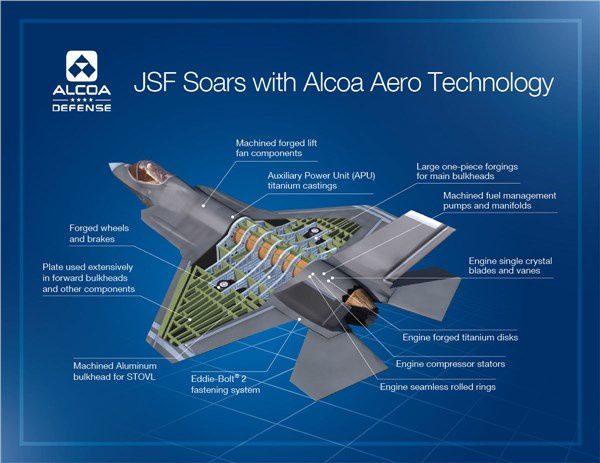


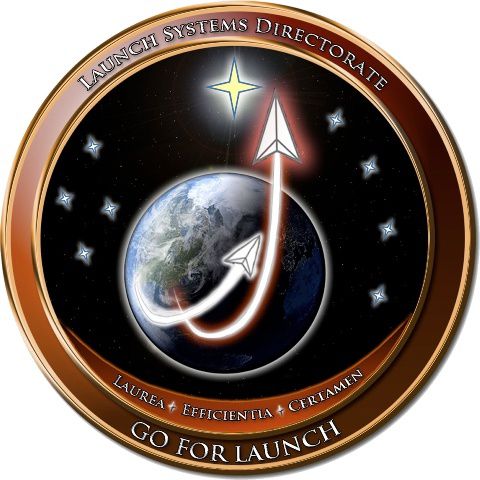


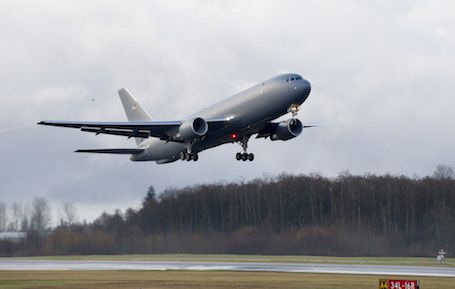







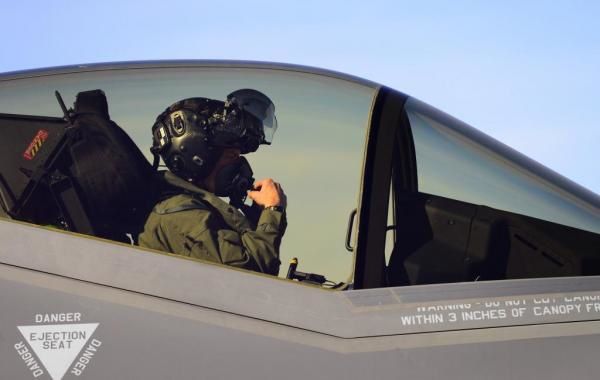

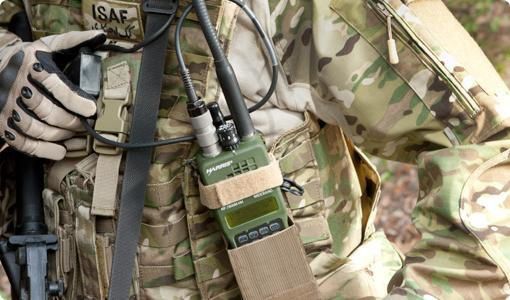

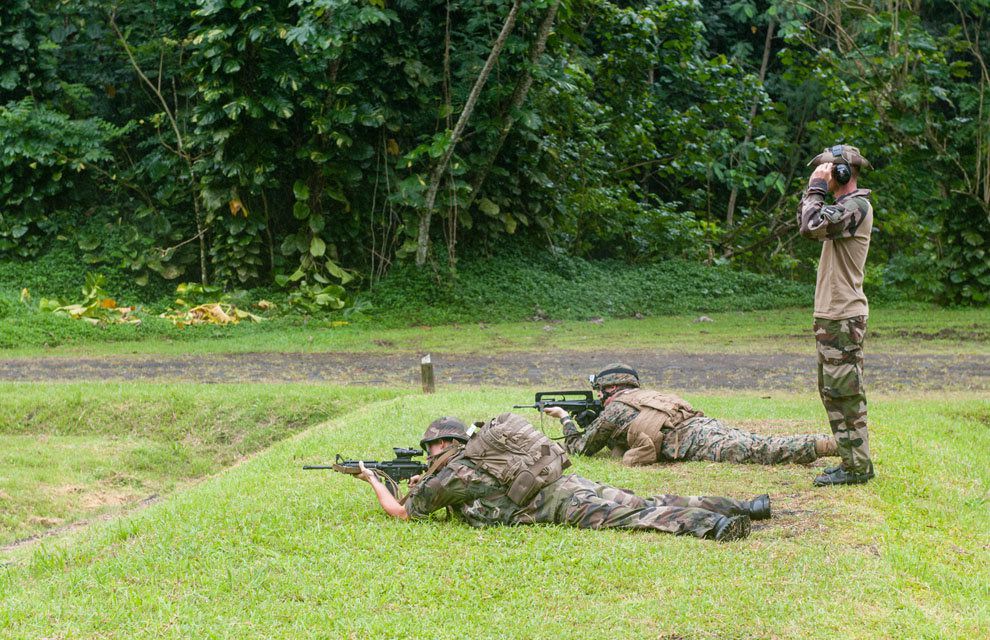
/image%2F0547456%2F20151007%2Fob_5a8419_2015mppt073-001-142-j-bellenand-c-mari.jpg)
/image%2F0547456%2F20151007%2Fob_ca87d9_2015mppt074-001-535-j-bellenand-c-mari.jpg)





